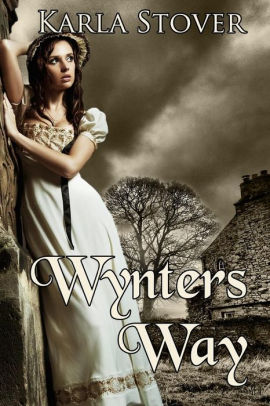 |
| Short-listed for Best Young Adult Book 2018, The Word Guild |
My Irish dad (RIP), encouraged me to save coins that were minted for specific events, ie the 1976 Olympics in Montreal. Or Canada's 100-year celebration of Confederation in 1967. He kindly gave me some old coins before he passed and I have many of them to this day.
One of them is a Canadian 50-cent silver coin, minted in 1872. One side has laurel-type wreaths and the other is the bust of Queen Victoria. The words "VICTORIA DEI GRATIA REGINA" are captioned above the Queen's bust, and "NEWFOUNDLAND" is stamped at the bottom. This coin was minted after Canada's Confederation in 1867 but well before Newfoundland embraced the concept of Canada as a unified country. (It wasn't until 1949 that Newfoundland officially became a province of Canada.)
And what is the value of this old money? According to the website CoinsandCanada.com, it's worth a measly $10. Canadian. That's about $3 American. Well, not really, but it's not much. If the coin were in 'mint' condition, it would be worth approximately $1,000. My coin is in very poor condition, thus the $10 value.
My dad also gave me a British five-shilling (one Crown) cupro-nickel coin, minted in 1965. (According to Wikipedia, cupro-nickel (CuNi) is an alloy of copper that contains nickel. It may also contain other elements such as iron and manganese.) The five-shilling coin commemorates the death of Sir Winston Churchill. Dad told me to hold on to the coin, as it would surely increase in value.
There were nearly 19 million of these coins minted. Which is why the coin is valued at.... five shillings. 25 pence. Yah, that's about 43 cents Canadian.
So I continued checking out the CoinsandCanada.com website for more values. I have a ziploc-bag encasing a 1967 Centennial Confederation $1 bill. Surely, I'm thinking, that must be worth something.
Maybe not. My lovely dollar bill is worth perhaps $4 Canadian. That money tree is not within grasp at all.
One last check on the site. I have a 1976 Canadian Olympic $100 commemorative coin. The city of Montreal, Quebec played host that year to more than 6,000 athletes representing 92 countries. The coin is 14-karat gold and the Bank of Canada minted 650,000.
It's in excellent condition, in the original commemorative holder, never opened, and since 1976, encased in a trusty ziploc bag. The value? $430. NOW we're talking.
I'm not sure what I'll do with these coins. Sell them, or bestow them to my children or grandchildren? But really, who wants old money these days?
J.C. Kavanagh
The Twisted Climb - Darkness Descends
(Book 2)
voted BEST Young Adult Book 2018,
Critters Readers Poll and Best YA Book FINALIST at The Word Guild, Canada
AND
The Twisted Climb,
voted BEST Young Adult Book 2016,
P&E Readers Poll
Novels for teens, young adults and
adults young at heart
Email: author.j.c.kavanagh@gmail.com
www.facebook.com/J.C.Kavanagh
www.amazon.com/author/jckavanagh
Twitter @JCKavanagh1 (Author J.C. Kavanagh)

































































.jpg)


